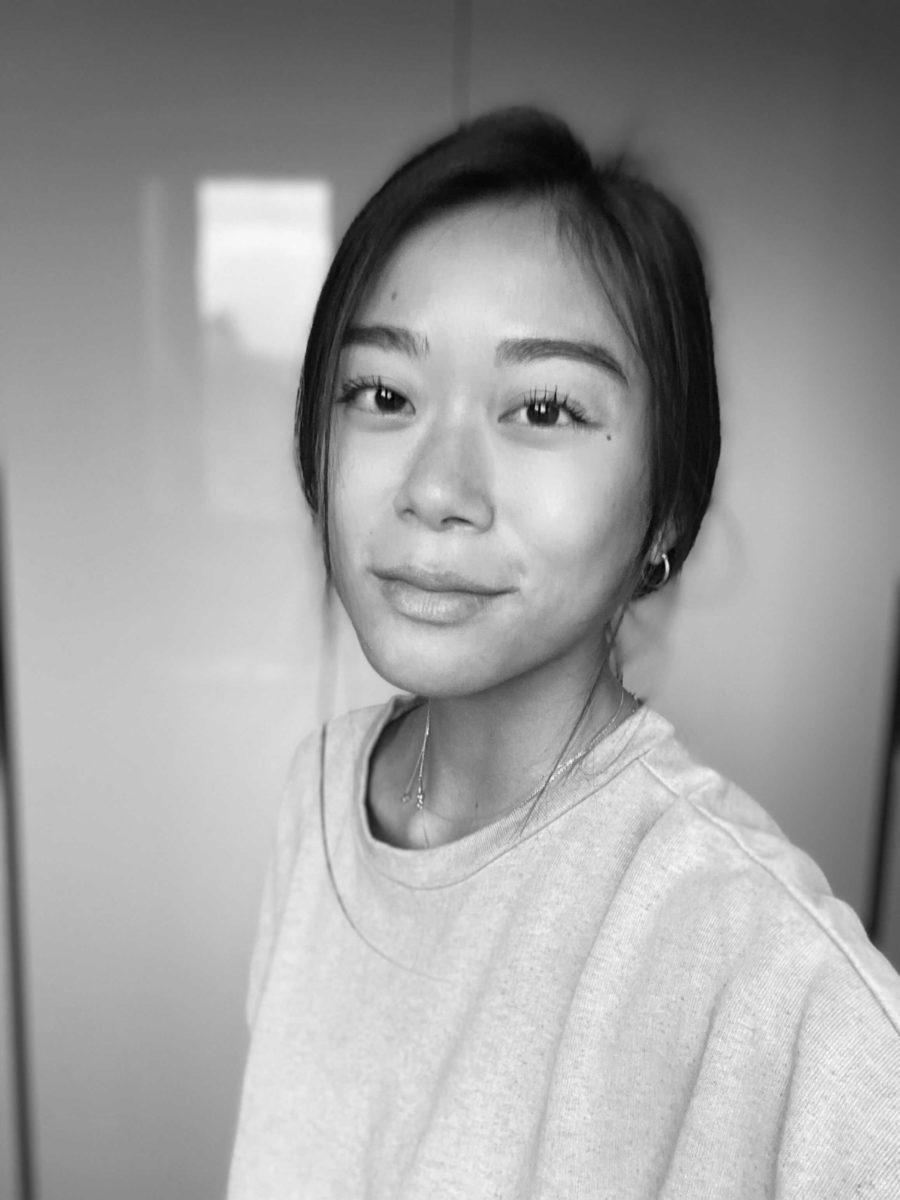China’s former leader Jiang Zemin dead at the age of 96
The death of China’s former leader, who presided over breakneck economic growth and a period of stability following the 1989 Tiananmen Square protests, has caused feelings of nostalgia around the globe in light of the ongoing anger at Xi Jinping’s COVID-zero policy.

China’s former leader Jiāng Zémín 江泽民, who led the country out of isolation following the Tiananmen Square pro-democracy protests in 1989 and guided its economic modernization, has died at the age of 96.
- Jiang passed away due to leukemia and multiple organ failure in Shanghai at 12:13 p.m. on Wednesday, state-run news agency Xinhua reported (English, Chinese).
- His absence at the 20th Party Congress, in which Xí Jìnpíng 习近平 secured his third term as China’s leader, had stoked speculation over his deteriorating health.
Flags will be lowered to half mast until after Jiang’s funeral at locations such as Tiananmen Square in Beijing, liaison offices in Hong Kong and Macau, and Chinese embassies all over the globe.
- Various Chinese online platforms — including Weibo, Baidu, Taobao, Xinhua, the People’s Daily, and The Paper — have turned black-and-white as a sign of mourning.
- The committee in charge of funeral arrangements will be chaired by Xi, and includes former president Hú Jǐntāo 胡锦涛 and former premier Zhū Róngjī 朱镕基.
- “Following convention, no foreign governments, political parties or delegations will be invited to attend events in China to pay tribute,” the first official notice published by the funeral committee said per the South China Morning Post.
Jiang has in recent years become a popular figure on Chinese social media, and a source of many memes: Here are five lesser-known facts about Jiang that Chinese internet users have been celebrating today.
Jiang acted as Shanghai’s Party chief before replacing Dèng Xiǎopíng 邓小平 as leader in 1989, when Beijing was reeling after the bloody crackdown on student protesters in Tiananmen Square.
- Jiang succeeded Zhào Zǐyáng 赵紫阳, who served as general secretary from 1987 to 1989 before being dismissed by Deng due to Zhao’s sympathy for the protest movement.
Although Jiang “seemed destined to be one of the ‘flower-vases’ — all decoration, no action, just a low-key technocrat,” per the Economist, by the time he retired from his position, China had become a formal member of the World Trade Organization and had secured host nation status for the 2008 Olympics.
- Jiang also oversaw the 1997 handover of Hong Kong (agreed upon under Deng), when the city returned to Chinese sovereignty from British colonial rule.
After serving as president for a decade, Jiang stepped down to hand the position over to Hú Jǐntāo 胡锦涛, marking the Communist Party’s first peaceful and orderly transition of power since 1949.
- Jiang did, however, remain head of the military until 2004.
His charisma and confidence set him apart from his more reserved and often inscrutable successors Hu and Xi, and his bespectacled and portly appearance gained a legion of loyal followers with the rise of Chinese social media.
- Jiang has been the object of a humorous subculture of “Toad fans” (蛤丝 há sī), named for the former leader’s appearance, who admire his ability to charm crowds and foreign TV reporters, speak foreign languages, dance, play musical instruments, and even conduct choral performances.
- Toad fans also call Jiang “The Elder” (长者 zhǎngzhě).
- One of Jiang’s most iconic public appearances was when he told a group of Hong Kong reporters who were asking him critical questions that they were, in English, “too simple, too naive,” a catchphrase that has entered the popular internet lexicon in China.
The last time he was seen in public was at the 70th anniversary of the founding of the People’s Republic of China on October 1, 2019, when he watched a military parade from Tiananmen Square.
- For more on Jiang and his era, see “Jiang Zemin and the Naughty Aughties” by Jeremy Goldkorn, republished from the book The Chinese Communist Party at 100 in a lightly edited version on The China Project with galleries of photos and video footage.






